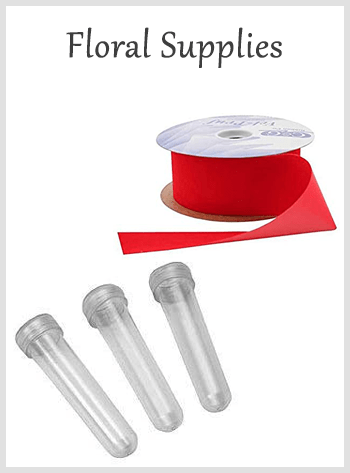Carnations are not just beautiful Flowers carnations to behold; they also add a touch of elegance and charm to indoor spaces. With their captivating fragrance and vibrant colors, carnations are a popular choice for home decor and gifting. However, to keep these delicate blooms flourishing indoors requires some care and attention. In this comprehensive guide, we’ll explore everything you need to know about caring for carnations indoors, from selecting the right varieties to providing optimal growing conditions and addressing common issues.
Selecting the Right Carnation Varieties
Not all carnation varieties are equally suited to indoor cultivation. When choosing carnations for indoor growing, opt for smaller or dwarf varieties that are better suited to container gardening. Some popular indoor-friendly carnation varieties include:
1. Mini Carnations
These compact carnations are perfect for indoor spaces, producing an abundance of small, colorful blooms.
2. Spray Carnations
Spray carnations feature multiple blooms on each stem, making them ideal for adding a burst of color to indoor arrangements.
3. Dwarf Carnations
Dwarf carnations are smaller in stature but still produce lovely blooms, making them suitable for windowsills or small containers.
Providing Optimal Growing Conditions
Carnations thrive in specific growing conditions, and providing the right environment is crucial for their health and longevity indoors. Here’s how to create the perfect growing conditions for your indoor carnations:
1. Sunlight:
Place your carnations in a location that receives plenty of bright, indirect sunlight. A south-facing window is ideal, as it provides ample sunlight without the risk of scorching the delicate blooms.
2. Temperature:
Maintain a moderate temperature range of 60 to 70 degrees Fahrenheit (15 to 21 degrees Celsius) during the day and slightly cooler temperatures at night. Avoid placing carnations near drafts or heating vents, as extreme temperature fluctuations can stress the plants.
3. Watering:
Keep the soil evenly moist but not waterlogged. Water your carnations when the top inch of soil feels dry to the touch, and be sure to water at the base of the plant to prevent splashing water on the foliage, which can lead to fungal diseases.
4. Humidity:
Carnations prefer higher humidity levels, especially during the dry winter months. Increase humidity around your plants by placing a tray filled with pebbles and water beneath their containers or by using a room humidifier.
5. Soil:
Use well-draining, fertile soil with a slightly acidic pH (around 6.0 to 6.5) for optimal growth. A high-quality potting mix formulated for flowering plants is ideal for indoor carnations.
Common Issues and Solutions
Despite your best efforts, indoor carnations may encounter some common issues. Here are a few problems you may encounter and how to address them:
1. Yellowing Leaves:
Yellowing leaves can indicate overwatering or underwatering. Adjust your watering schedule accordingly and ensure proper drainage to prevent waterlogged soil.
2. Pest Infestations:
Keep an eye out for common indoor pests such as aphids, spider mites, and thrips. If detected, treat infested plants with insecticidal soap or neem oil, following the product instructions carefully.
3. Fungal Diseases:
Carnations are susceptible to fungal diseases such as powdery mildew and botrytis blight, especially in humid conditions. Improve air circulation around your plants, avoid overhead watering, and remove any infected foliage promptly to prevent the spread of disease.
Conclusion
With the right care and attention, carnations can thrive indoors, brightening your home with their cheerful blooms and delightful fragrance. By selecting the right varieties, providing optimal growing conditions, and addressing any issues promptly, you can enjoy the beauty of carnations year-round. Incorporate these tips into your indoor gardening routine, and watch your carnations flourish with vibrant colors and abundant blooms.
